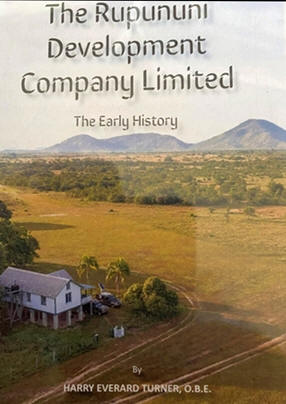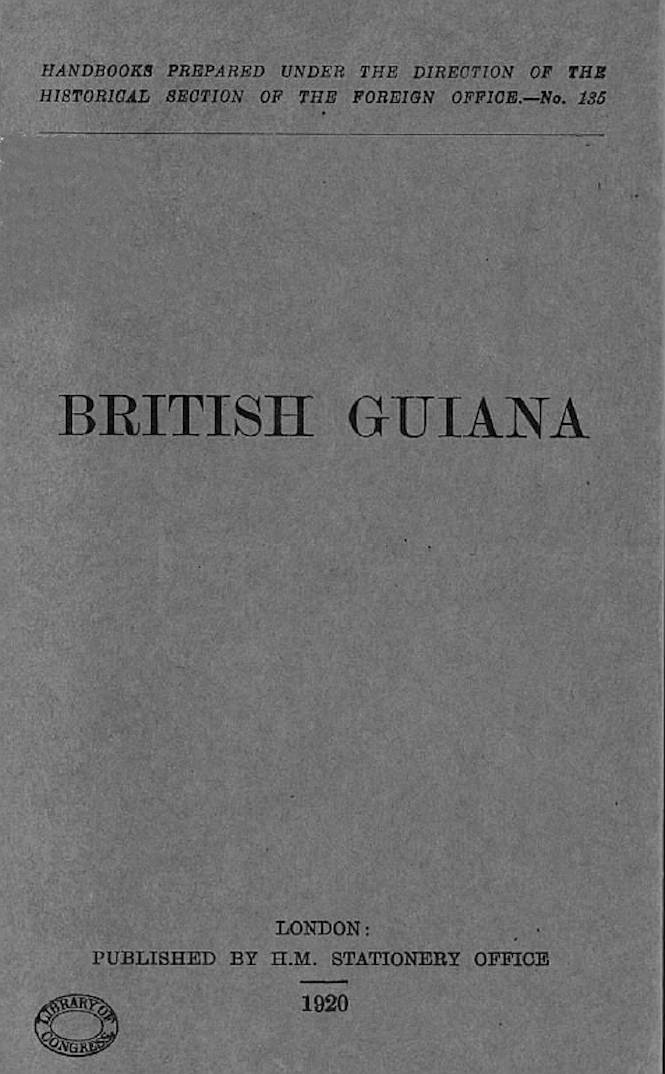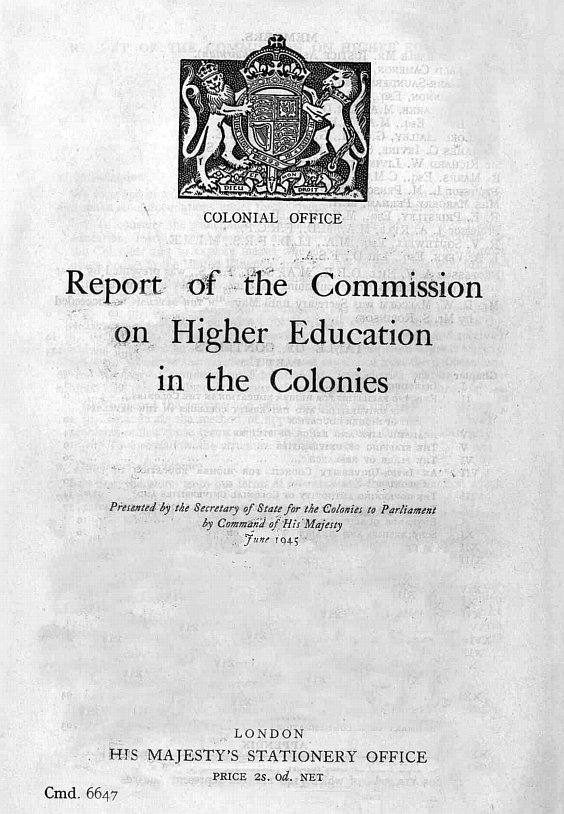St Stanislaus College. Lot 3 Brickdam, Georgetown, Guyana, South
America.

St. Stanislaus College, Guyana
HISTORICAL PERSPECTIVE
|
History of Saints |
A Brief History of St
Stanislaus College. (Updated
10/22/09) |
|
Saints Principals |
An up to date List of all those who served as Principals of Saints - some with detailed profiles. |
|
Catholic Standard,
1Q, 1957 |
One Hundred Years with the
Jesuits in British Guiana
1857-1957 |
| Guyana Country Profile - 2021 | A BBC News article appearing in November, 2021 and providing up to date information about Guyana. It also contains a Wikipedia article on Guyana. |
|
Author of BRITISH
GUIANA - 1853 -
unknown landowner - keenly
aware of the challenges of
successfully managing Sugar
Estates in British Guiana
after Emancipation.
As a dreamer, he was
pleading for low-cost
labourers from Africa and
India (even Britain) to
leave the deplorable
conditions in their
countries to seek a better
life in Guiana where the
British managed the estates
using
the same rules as they
applied to farms in Britain.
The reality was that
labourers from East India
and Portugal came
from countries where
commercial farming was well
established. Those from West
Africa and Guiana
(Amerindians) only knew of
subsistence farming, and
failed to adapt to the
disciplined requirements of
the Sugar Estates. |
|
|
The Guyana Story |
|
 |
Here is an interesting
review of a book on the
early history of the
Rupununi Development Company
Limited. The original author
was Harry Everard Turner,
OBE, who was an employee of
the Company. The Review was
published as a Powerpoint
presentation by Joseph G
Singh, Major General (retd). The end of the war in 1918 saw a lot of interest in business speculation. Sugar was temporarily booming, and individuals were making fortunes, so opening what was reportedly rich and under-developed cattle country suggested similar prosperity and easy gain. RDCL was formed in 1920 to raise beef cattle for the markets of British Guiana (now Guyana) and took its name from the interior savannahs where its main Ranch was located. This is the story of one Company’s experience of large scale animal husbandry in a tropical savannah environment which was also the homeland of the Wapishana Indian tribe. |
 |
BRITISH GUIANA -
Handbook 1920. Handbook prepared under the direction of the Historical Section of the Foreign Office - No. 135. Published by HM Stationary Office. London 1920 |
|
BRITISH GUIANA - British
Empire Exhibition,
Wembley-1924 The following observation regarding the small population is equally true today:- "Of all the British tropical possessions there is not one richer in possibilities of so varied a character as British Guiana, and it is somewhat difficult to provide an explanation why the Colony has remained undeveloped during the 120 years that it has been under the British Crown. The lack of population is one of the chief factors in the failure to secure development."
|
|
| Guyana Scenery |
Click Here for Guyana
Pictorial History Botanical Wonders of Guyana |
|
Bookers Guiana 1964 |
This is a digitized version of an article from The Times’s print archive. A version of this archives appears in print on December 26, 1964, on Page 29 of the New York Time's edition with the headline: BOOKER GROUP BIG IN BRITISH GUIANA; But the Company's Interests Are Widely Diversified |
|
150 Years of Education in
Guyana (1808 – 1957). |
|
 |
The Asquith Commission was appointed in August, 1943, to conduct an enquiry and make recommendations of the principles which should guide the promotion of higher education, learning and research and the development of Universities in the British Colonies; and to explore means whereby universities and other appropriate bodies in the United Kingdom may be able to co-operate with institutions of higher education in the Colonies in order to give effect to these principles. |
|
Education in Guyana |
Guyana: A Country Study. Tim Merrill, ed., The Library of Congress, 1992 |